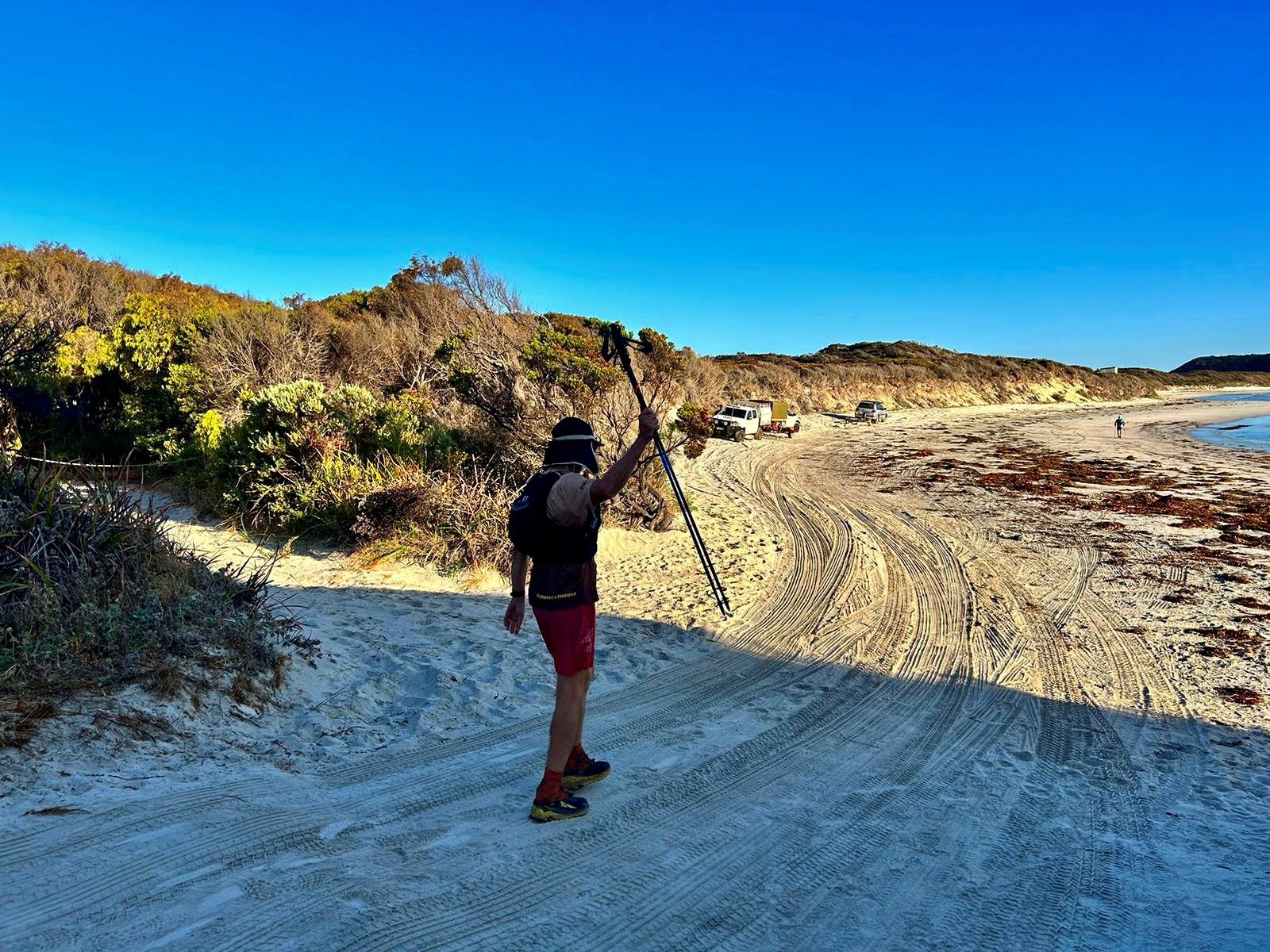World-runner Tim Franklin is poised to become the 8th individual to run around the world and to be inducted into the WRA. Whilst his run records are still under ratification, we are happy to introduce Tim to the WRA family.576 days, 26,245km run: Congratulations to Tim Franklin who might today become the 8th person to conclude a run around the world! Welcome to the WRA whilst we review your full data! Tim started his run on 3rd December 2022 in Brisbane Australia. Tim concluded his journey in Brisbane Australia on 30th June 2024, accompanied by thousands of supporters and well wishers. Similar story to Shannon-Leigh, unless you have a marketing team on point with updates that show the mammoth task of running around the world it becomes boring and loses it’s appeal.

























